With reference to the functioning of the eye, answer the questions that follow :
What is the shape of the lens during :
(a) near vision (b) distant vision ?
To answer the question regarding the shape of the lens during near vision and distant vision, we can break it down into the following steps:
1. Understanding Near Vision:
- Near vision refers to the ability to see objects that are close to the eyes.
- When focusing on nearby objects, the ciliary muscles in the eye contract, which causes the lens to become thicker.
2. Shape of the Lens in Near Vision:
- During near vision, the lens takes on a convex shape.
- A convex lens is thicker in the middle and thinner at the edges, which allows it to converge light rays and focus them on the retina.
3. Understanding Distant Vision:
- Distant vision refers to the ability to see objects that are far away from the eyes.
- When focusing on distant objects, the ciliary muscles relax, which causes the lens to become thinner.
4. Shape of the Lens in Distant Vision:
- During distant vision, the lens takes on a concave shape.
- A concave lens is thinner in the middle and thicker at the edges, which allows it to diverge light rays and focus them on the retina.
Final Answer:
- (a) The shape of the lens during near vision is convex.
- (b) The shape of the lens during distant vision is concave.
- Near vision refers to the ability to see objects that are close to the eyes.
- When focusing on nearby objects, the ciliary muscles in the eye contract, which causes the lens to become thicker.
- During near vision, the lens takes on a convex shape.
- A convex lens is thicker in the middle and thinner at the edges, which allows it to converge light rays and focus them on the retina.
- Distant vision refers to the ability to see objects that are far away from the eyes.
- When focusing on distant objects, the ciliary muscles relax, which causes the lens to become thinner.
- During distant vision, the lens takes on a concave shape.
- A concave lens is thinner in the middle and thicker at the edges, which allows it to diverge light rays and focus them on the retina.
- (a) The shape of the lens during near vision is convex.
- (b) The shape of the lens during distant vision is concave.
Similar Questions
With reference to the functioning of the eye, answer the questions that follow :
What is meant by power of accommodation of the eye?
View SolutionWith reference to the functioning of the eye, answer the questions that follow :
Name the cells of the retina and their respective pigments which get activated :
(a) in the dark (b) in light.
View Solution
Knowledge Check
Refer to the images and answer the question that follow:
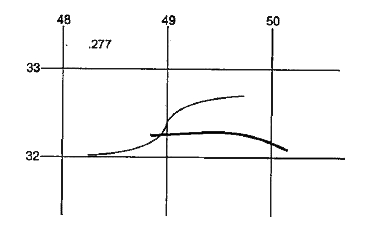
What is .277 in 4833?ASpot height of 277 mBSpot height of 277 cmCSpot height of 277 mmDSpot height of 277 km.Refer to the images and answer the question that follow:
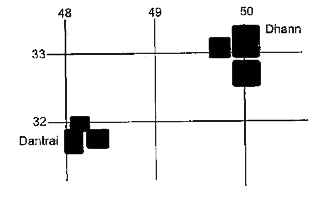
What is the direction of Dantrai from Dhann?ANortheastBNorthwestCSoutheastDSouthwestRefer to the images and answer the question that follow:
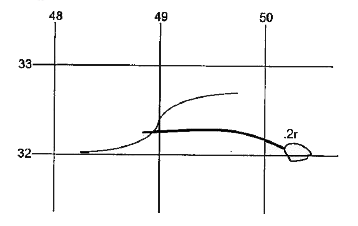
What does .2r in 5032 indicate?AThe relative height of the tank is 2 m.BThe relative height of the tank is 2 cm.CThe relative depth of the embankment is 2 m.DThe relative depth of the embankment is 2 cm.
With reference to the functioning of the eye, answer the questions that follow :
Name the two structures in the eye responsible for bringing about the change in the shape of the lens.
View SolutionWhat is the function of eye lens?
View SolutionRefer to the images and answer the question that follow:
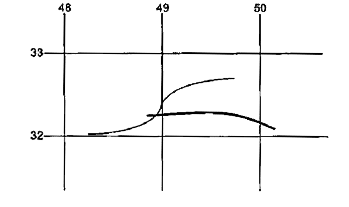
What does the black line in 4932 indicate ?
View SolutionRefer to the images and answer the question that follow:
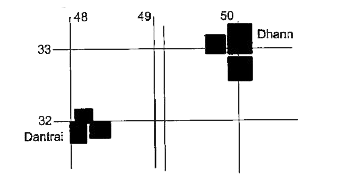
What is the black vertical line between 49 and 50 Easting?
View SolutionRefer to the images and answer the question that follow:
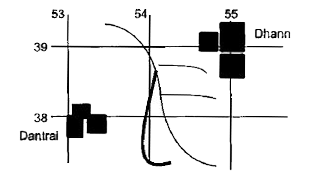
Which drainage pattern is seen in 5438?
View Solution
